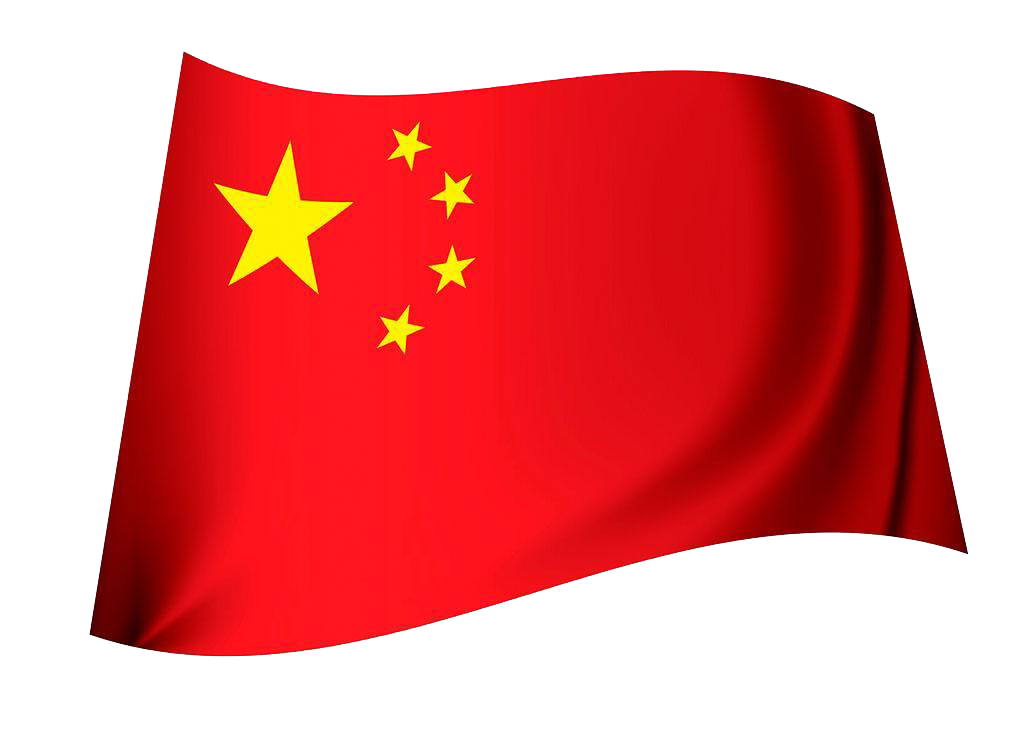Pure Water Comparison - Distilled Water Versus
by:SUMWIC Machinery
2020-04-26
As we become more aware of the importance of water purification, we hear terms such as distilled water and deionized water. We know that both of them are purified water but we may not know their exact difference. We just know that they are freed from elements that contaminate water.
As you might already be aware of, the water that comes out of your faucet passes through a long line of pipes before it reaches your home. As a result, it may carry unwanted substances and contaminants. Thus, much importance is given to water purification. There are various methods used to purify water, so even though water is water, which contains two molecules of hydrogen and one molecule of oxygen, there are different forms of purified water.
Two of the most common forms of purified water are deionized and distilled water. Now, let us take a look at how they differ.
Distilled water is a product of distillation, which is a process where water is boiled and the steam is condensed into a clean container, with most of the solid contaminants left behind. The process also kills and removes bacteria, viruses, heavy metals, and inorganics.
Distilled drinking water may not be new to you as you can find them in supermarkets sold in bottles. This form of purified water also proves to be very helpful for those people living in seaside areas where there is not enough fresh water. Since distilled water is often used for drinking, there are debates whether it is really good for the body. There are contentions that it draws minerals from the body and that one of its effects is teeth deterioration. Whether it is good or not for drinking, it is an ongoing debate. What we need to do in our part is to make ourselves informed.
Deionized water, on the other hand, is the product of deionization. Through this method, raw water is exposed to electrically charged resins that attract and bind the salts. As a result, mineral ions such as sodium, calcium, iron, copper, chloride, and bromide are removed.
This form of pure water is not commonly used for drinking, though. One of its common uses is in sterilizing laboratory equipment. It is also used in laboratory testing as it has been freed of chemicals that may affect test results. It likewise functions as battery water; minerals ions that tend reduce the lifespan of batteries have been removed. Also included in its practical uses is in washing cars and windows and it is because it does not leave water spots in cars and windows.
Other examples of water purification techniques include carbon filtering, where the absorption capacity of carbon is enhanced by adding a slightly positive electrical charge. When the water passes over the activated carbon, the negative ions of the contaminants are drawn to the surface of the carbon granules. These contaminants are then removed from the water. Another technique is reverse osmosis, where water is allowed to pass through a semi-permeable membrane, thus trapping the contaminants in the tiny pores of the membrane. Other methods of purifying water are ultraviolet water purification, water conditioning, and plumbo-solvency reduction.
Water is a basic need, so importance must be given to make it safer to use. Some people may consider the use of pure water as a luxury, but if we take a good look at it, it actually isn't. Making use of high quality water for our health and for other purposes is not about money. What is it to spend a little bit more when it means safer water to drink and cleaner windows?
Custom message














